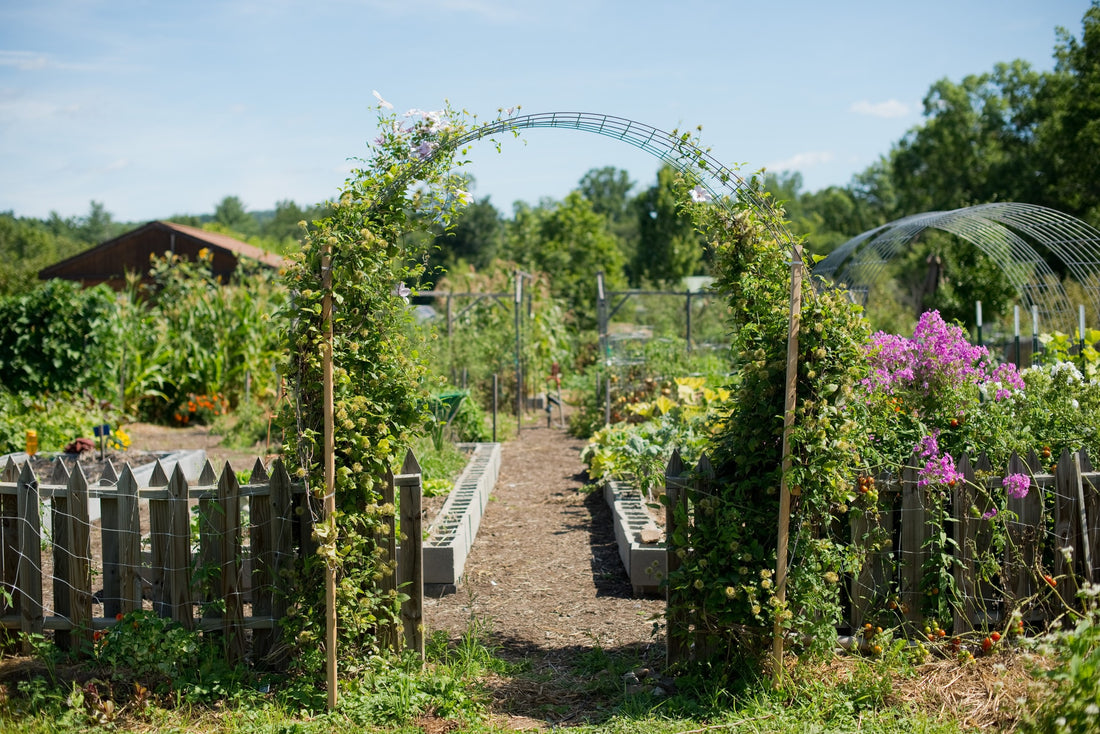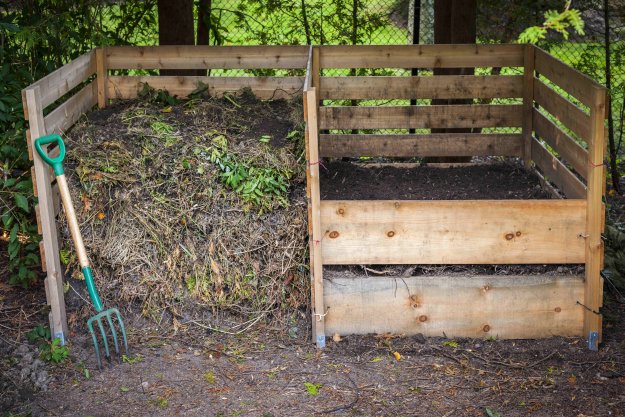Discover the Secrets to Developing a Productive and lovely Gardening Area
Developing a gorgeous and efficient horticulture room is not just a matter of planting flowers and vegetables; it needs a critical approach that encompasses numerous essential aspects. From choosing the right place based on sunlight and soil kind to attentively making your format and picking ideal plants, each choice plays an essential role in the success of your garden.
Choosing the Right Area
Picking the excellent place for your garden is critical to its success and total visual appeal. The initial step in this process entails evaluating sunlight direct exposure, as most plants need a minimum of six hours of direct sunlight daily (Homestead Gardening). A south-facing yard usually receives the most light, while shaded areas can restrain growth and blooming
Furthermore, consider soil high quality and drain. Well-draining dirt is vital to stop waterlogged origins, which can lead to plant conditions. Conducting a dirt test can give useful details concerning pH degrees and nutrient content, enabling you to modify the soil appropriately.
Additionally, proximity to water resources is an additional factor to consider - Homestead Gardening. Having easy access to a hose or irrigation system can streamline the watering process and encourage constant plant treatment. Wind protection is likewise crucial; placing your yard near structures, such as fencings or wall surfaces, can protect it from harsh winds that may damage delicate plants
Last but not least, consider availability for upkeep and harvesting. A well-placed yard allows for convenient gain access to, making sure that you can conveniently tend to your plants without triggering excessive stress and anxiety or disturbance. Thoughtful location choice lays the foundation for a prospering yard.
Choosing Plants Intelligently
When choosing plants for your garden, it's important to think about variables such as environment, dirt problems, and individual choices to make sure a unified and efficient area. A detailed understanding of your local climate will direct you in selecting plants that thrive in your specific environment. As an example, picking drought-resistant selections is helpful in deserts, while moisture-loving types may be better suited for locations with high rains.
Soil conditions are equally essential; performing a soil test can disclose pH levels and nutrition content, allowing you to pick plants that will certainly flourish. Indigenous plants are commonly a superb choice, as they are generally well-adapted to local soil types and require less maintenance.
Show on your individual preferences-- choosing plants that reverberate with your visual tastes will boost your enjoyment and commitment to preserving your garden. By carefully examining these aspects, you can produce a growing and diverse plant choice that raises your horticulture experience.
Creating Your Garden Design
With a thoughtfully selected plant option in hand, the next action is to produce a yard layout that optimizes both appeal and performance. Begin by analyzing the offered area, considering factors such as sunlight, shade, and wind patterns. A tactical format should incorporate numerous zones, including areas for planting, paths, and perhaps seating.
Beginning with bigger plants or centerpieces, such as trees or high perennials, placed strategically hop over to here to create aesthetic rate of interest. Layer smaller sized plants ahead to improve depth and texture. Think about the growth practices of your chosen plants; taller selections should be placed at the back or facility of beds, while shorter ones can line the edges.
Including paths not just helps with access for upkeep yet likewise invites expedition. Use materials that complement the yard's general aesthetic, whether crushed rock, rock, or wood chips.
In addition, assume regarding seasonal changes and just how your design will look throughout the year. Incorporating evergreens along with seasonal blossoms can guarantee year-round appeal. Inevitably, a well-designed garden design harmonizes the natural charm of plants with practical factors to consider, resulting in an area that is both inviting and efficient.
Enhancing Soil Health And Wellness

To boost dirt health, start by carrying out a soil test to evaluate pH levels, nutrition content, and soil structure. Integrate natural matter such as garden compost, well-rotted manure, or fallen leave mold and mildew to boost dirt structure, water retention, and microbial activity.
Mulching is one more efficient method; it not only preserves dampness yet also subdues weeds and slowly enhances the soil as it breaks down. Avoiding excessive tillage is crucial, as it can disrupt soil framework and harm useful organisms. Instead, adopt no-till or very little tillage practices to maintain dirt integrity.

Keeping Your Yard Efficiently
A well-kept garden is a source of pride and productivity, needing consistent attention to guarantee that plants thrive and the landscape continues to be inviting. Effective garden upkeep includes several essential practices that improve the wellness of your plants and the total visual of your area.
Routine watering is crucial; however, it is very important to customize your watering routine based on the certain requirements of your plants and regional environment problems. Mulching can assist keep dampness, suppress weeds, and control soil temperature level. Prompt weeding prevents competitors for nutrients and resources, making see this site certain that your plants grow.
Pruning is an additional vital task. It encourages healthy and balanced growth, gets rid of diseased or dead branches, and forms plants to maintain an enticing structure. In addition, checking for illness and insects is vital; early detection and treatment can save your plants from considerable damage.
Fertilizing should be carried out thoughtfully, utilizing natural choices whenever feasible to promote long-term dirt health. Seasonal jobs such as planting, dividing perennials, and preparing for wintertime will certainly ensure your garden stays vivid year-round. By adhering to these methods faithfully, you can cultivate a garden that is both productive and lovely.
Verdict
Choosing an ideal area with adequate sunlight, selecting appropriate plants, creating a visually pleasing layout, improving soil wellness, and making certain routine maintenance are crucial parts. use this link By incorporating these methods, one can cultivate a growing yard that not only enhances the landscape yet likewise promotes ecological equilibrium and sustainability.
From choosing the right area based on sunlight and soil kind to thoughtfully developing your layout and selecting appropriate plants, each choice plays an essential role in the success of your yard. Well-draining soil is essential to protect against waterlogged origins, which can lead to plant diseases.When choosing plants for your yard, it's important to take into consideration aspects such as climate, dirt conditions, and individual choices to make certain a efficient and harmonious room. Eventually, a well-designed garden format balances the natural elegance of plants with useful factors to consider, resulting in a space that is both welcoming and efficient.
